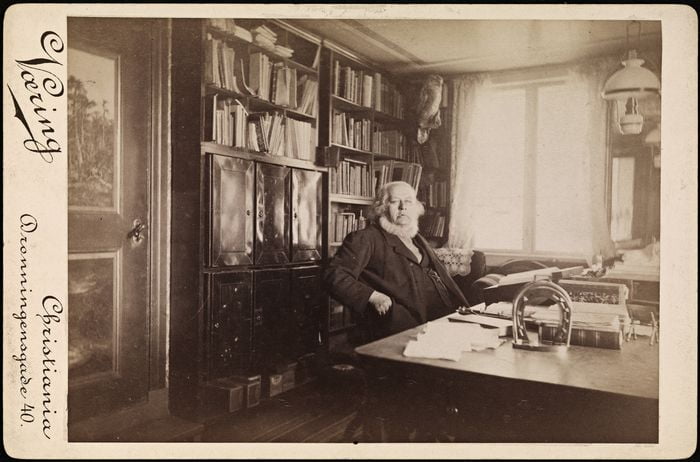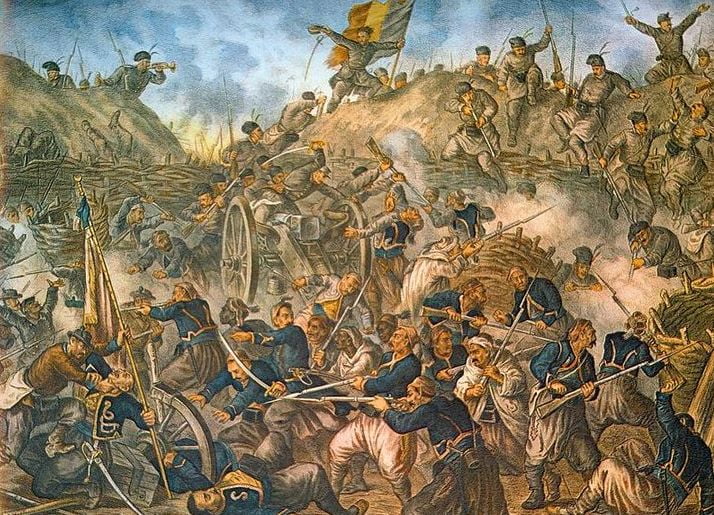The pivotal clash that reshaped history unfolded on October 1, 331 B.C., at the Battle of Gaugamela. Employing a strategic masterpiece, Alexander leveraged the superior speed and discipline of his troops and exploited Darius’s temperament. A deft maneuver shifted his force to the right, unsettling the Persian ranks. Darius, falling into the trap After Alexander The Wars of the Diadochi, ordered flanking troops to follow suit, leading many to stumble on the challenging terrain.
In the center, Persian chariots charged the Macedonian phalanx, but a swift opening of ranks allowed the chariots to pass harmlessly, met by waiting cavalry at the rear. Alexander identified a gap in the Persian lines, charging straight for Darius’s chariot, prompting the king to flee once again. The Macedonians suffered minimal losses, while Persia incurred a staggering 50,000 casualties compared to Macedonia’s 1,000.
Many Persians
Post-Gaugamela, Darius’s desertion was perceived by many Persians as abdication, solidifying Alexander’s standing as the new Persian king. Babylon celebrated his arrival with a hero’s welcome, affording the troops a month of rest. At Susa Bulgaria Destinations, Alexander seized the remainder of the Persian treasury. Persepolis, intended as a brief stop, witnessed an unfortunate incident: a wild celebration resulted in the burning of Xerxes’s palaces. Although Alexander disapproved, he deemed it a fitting retribution for Persian actions against Athens. A short march to Pasargadae followed, where he reverently meditated at the tomb of Cyrus, one of his revered heroes.








